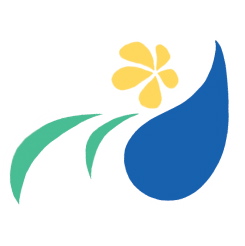On Dec 21st, 2023, the Canadian Museum of Immigration at Pier 21 hosted an event called “Celebrate Winter!”, a fun filled activity day for the whole family that showcased New Year traditions from different cultures. Our contribution was a Japanese New Year themed ikebana arrangement!
Mizuhiki 水引
Mizuhiki are cords made from Japanese washi paper. They are usually used to adorn special gift envelopes for weddings, etc. They are also used in decorations for festive occasions. This arrangement also uses mizuhiki. They hold a wish for the bonds that bring us together to continue to grow strong and firm.
Shochikubai 松竹梅
Shochikubai means “pine, bamboo, plum blossom”. These 3 plant materials have very significant meanings in Japanese culture. They often appear in the winter (and consequently in Japanese New Year décor) because they are plants that “survive” the winter and therefore are seen as omens of good fortune, especially for the coming new year.
Pine stays green all winter long. They are seen as symbols of good health and long life.
Bamboo grows rapidly. They are a symbol of vitality. They also grow straight which signifies a straight moral character.
Plum blossoms appear in the winter, the earliest flower to bloom. In Japan, they appear from the coldest time of the year, late January to early March. Imagine the tenacity it takes took bloom in the middle of winter! They are a symbol of strength and early success.
In this arrangement, you will see pine branches. Fresh bamboo is hard to find in Nova Scotia so we use a bamboo container. Alas, plum blossoms are not available to us here. We use chrysanthemums instead.
Chrysanthemums are hardy flowers that lasts longer than most blooms after they are cut. Because of this strong hold on life, mums are considered symbols of health and longevity—things that we would like to wish for everyone for the New Year!

